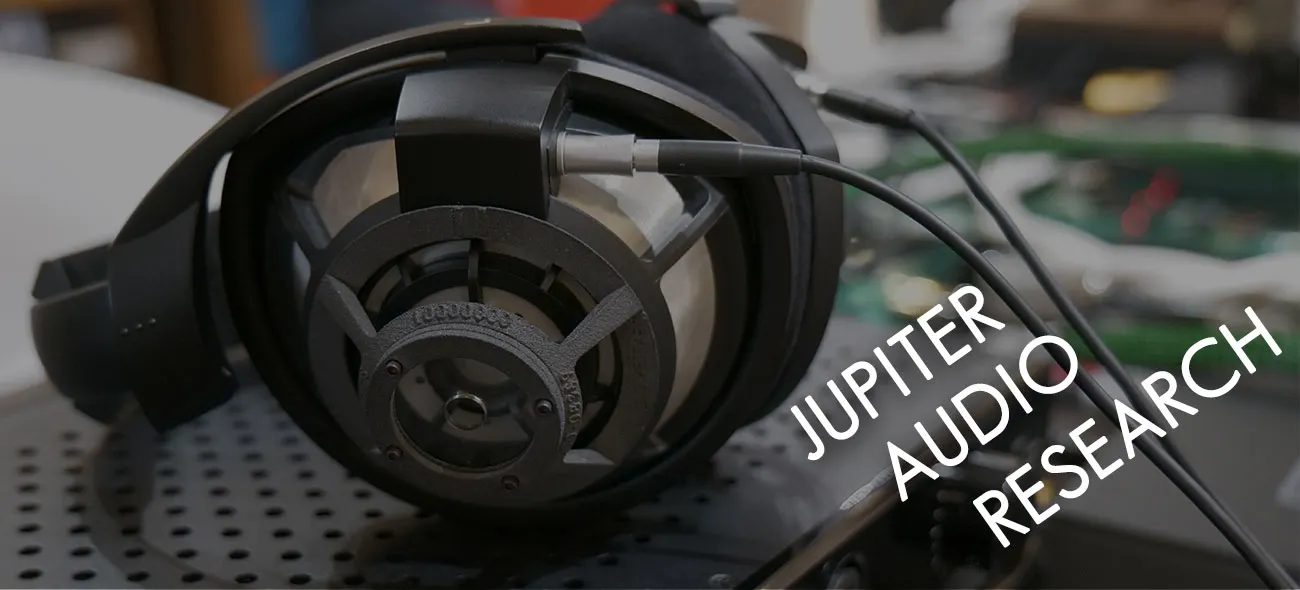A bit of background: I hate sibilance, but the music I like comes with a generous amount of sibilance even if I don't ask for it (looking at you, Japanese songs probably mixed with Stax...). This has been the case ever since I bought my first HD800 back in 2014. Since then, many mods for the HD800 came out, but I didn't really find them sufficient for my needs. Every time some sort of change was made to decrease sibilance, it would always result in some sort of disaster (of varying degrees) in detail or space- the two things I love about the HD800. But, I didn't know how to achieve such a thing- how do you remove sibilance and preserve detail and space?? If someone had accomplished what I have now back then, I would have bought that. The only option was to do it myself... and so, just like the JAR600 and JAR650, the JAR800 was developed to fulfill my own needs.
Like many, I had my own mods done to the HD800 ever since 2014. I did have some good feedback about it around me, but the sound wasn't really at the level I would feel proud to offer, nor was the mod complex enough to warrant offering as a standalone product. That began to change a couple of years ago when I started to work on the JAR6x0. As I learned more techniques and gained more experience with headphone design, I constantly worked on the HD800, wondering if one day it can finally be my main headphone. And every time it would not fail to disappoint by shooting very sharp knives and needles of sibilance at my ears.
Eventually, I arrived at a design that appeared promising. With that one design, I iterated maybe a hundred different variations on it. For a long time I felt like shooting in the dark- the sound changed in just 1mm or in even lower increments, which really drove me insane. Even the angle and the extent of curvatures changed the sound. At one point, my daily schedule consisted of wake up, 3D print, modify, eat, 3D print, modify, sleep, repeat. The problem was that it wasn't just the parts that needed testing- I had to pair the part variations with different driver work variations. The driver work also had many variations that resulted in different sound signatures, and it was difficult to choose which direction I wanted to go with, and to try out every possible combination. I have really tried out everything- maybe I am dumb and there were better ways to find out without trying it- but when I would make a prediction, the HD800 would laugh at me and not act that way. Sometimes it did act the way I predicted, but when I listened to what seemed to be all according to my predictions, I was surprised that I ended up learning things beyond my prediction. I realized I would not had been able to learn those things if I had simply predicted and skipped the iteration.
And so, each iteration did not make me sure of what I know- it only made me sure of what I don't know. I had to always remain open minded and try out everything. That slowly revealed which direction I should go, and left me with a mantra that guided my research: You don't know until you do it yourself.
Adding to the problem was that I had only one HD800. I needed to be able to quickly listen to the physical changes. So I started to buy more and more…until I had an insane number of them. A whole herd! I sold maybe half the stuff in my room to fund it all.
By amassing so many HD800s, herein came another realization: the HD800 sounds different pair-to-pair, serial-to-serial. That was... not a good thing, because it meant I have to come up with a design for each serial range. And have to buy HD800s in each serial range. To make matters worse, it turned out that while there are general trends across serial ranges, individual unit variations are a bigger factor. I had two pairs only four numbers apart from each other, and found they were wildly different to each other. And how about the HD800S? What would it be like if I applied what I learned from the HD800? What sort of design would I need to come up for it?
Eventually, after many more iterations, (and, a lot of HD800s dying at my hands) the answer seemed to converge on one particular variation. That made sense to me- even if there are unit variations across the HD800 and HD800S, the fundamental design has not changed much, and therefore keeping the same part across all pairs should be the most optimal design. But, the drivers are vastly different, so they should be worked separately per serial range.
In the end I am very happy with the results and the JAR800 has been able to become my main pair for just about everything. What started as a simple project for my own needs turned into an unexpected journey spanning many years. If what you want doesn't exist in this world, make it yourself.
